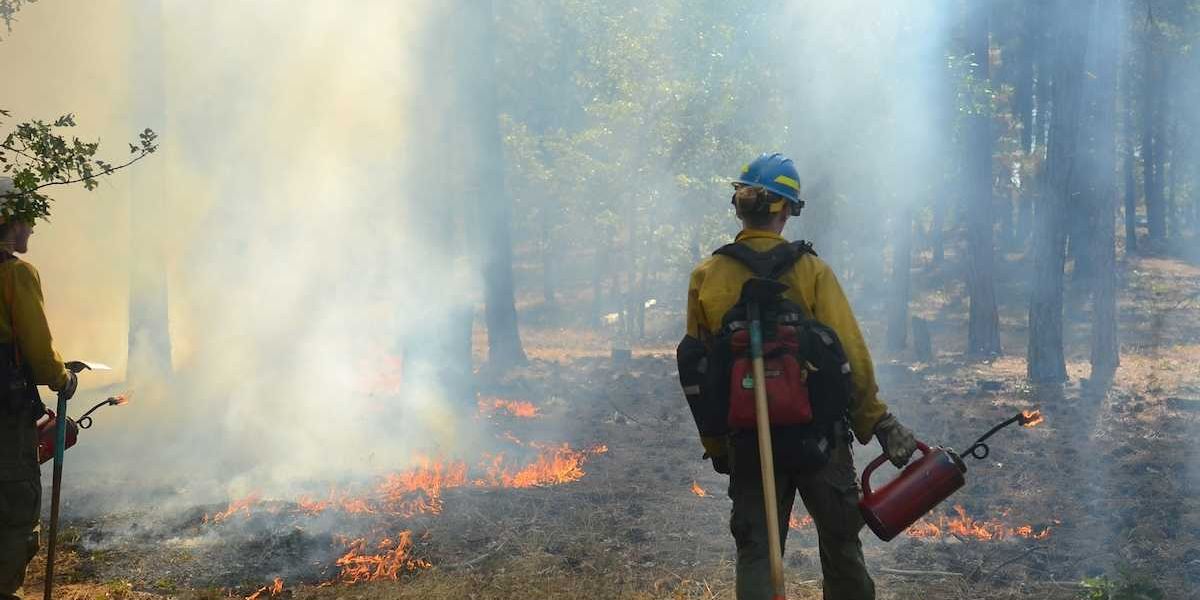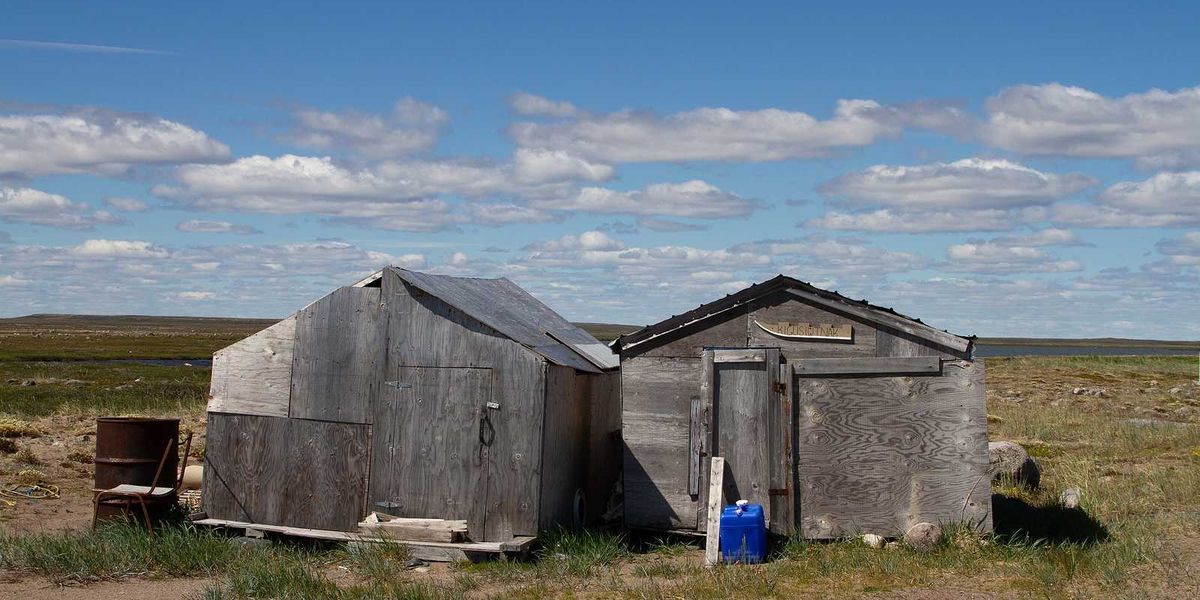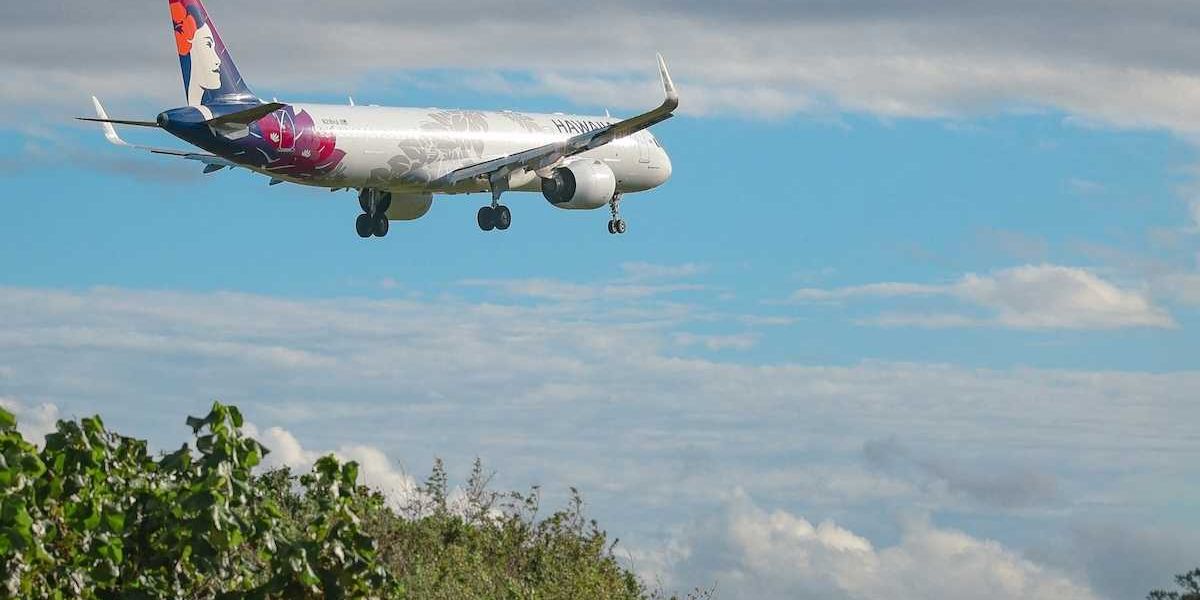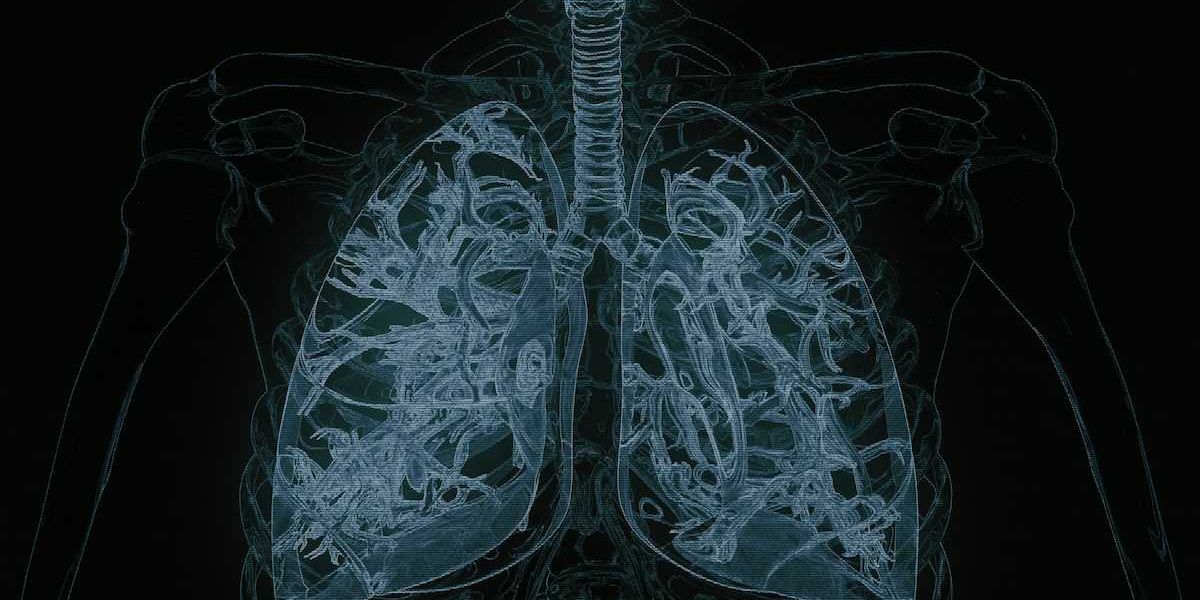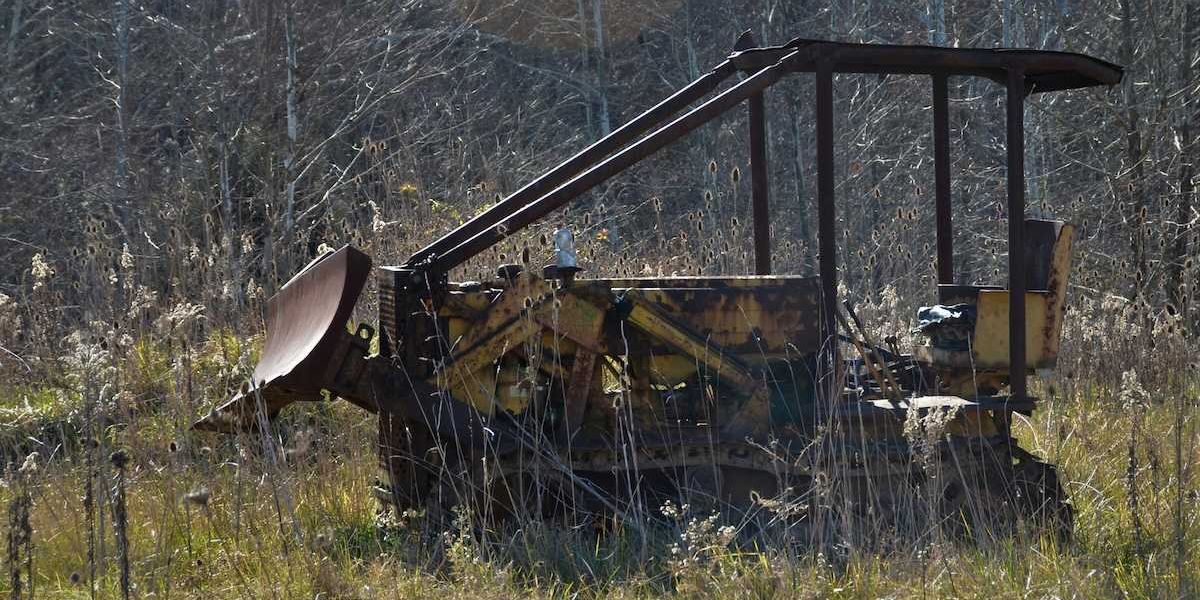
Extreme heat grips western U.S., putting millions at health risk
A late-summer heat wave pushed temperatures in the western U.S. to dangerous levels, sending people to hospitals and prompting emergency warnings in several states.
Cedar Attanasio reports for The Associated Press.
In short:
- More than 1.2 million people across Arizona and Southern California are under an extreme heat risk alert, with highs reaching up to 107°F and little overnight relief.
- Portland, Oregon, broke its August 22 temperature record with a high of 102°F. Emergency calls and hospital visits surged, including during the city’s annual Hood to Coast relay.
- A Portland runner collapsed from heat exhaustion during the race despite taking precautions; six participants were treated for heat-related illness as the metro area faced its highest heat risk of the year.
Key quote:
“Typically, we see a single visit or no visits. Yesterday, we had 16 visits, six of them from Hood to Coast participants The Portland metro area is facing the highest heat risk of 2025.”
— Brendon Haggerty, Multnomah County Health Department
Why this matters:
Extreme heat is the deadliest form of weather-related disaster in the U.S., often outpacing hurricanes and floods in annual deaths. It doesn’t just affect outdoor workers and athletes; it threatens children, the elderly, and people with limited access to cooling, especially in urban areas where heat islands magnify temperatures. Nighttime heat is particularly dangerous because it prevents the body from recovering, and hospitals see a rise in emergency visits when temperatures don’t drop. Climate change is increasing the frequency, intensity, and duration of these heat waves, putting more strain on public health systems, power grids, and emergency responders. What used to be rare weather is now becoming routine in cities not built for it.
Related: Climate scientist warns Earth is approaching tipping points that could reshape the planet

